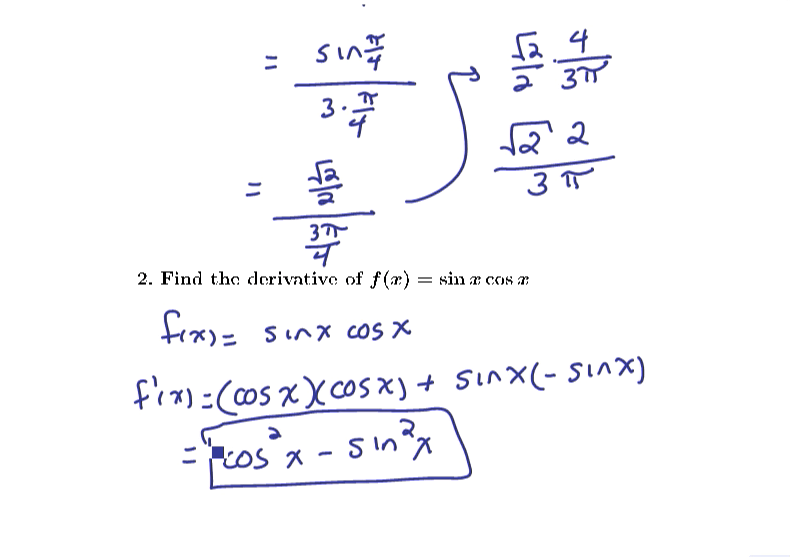
Review for the Common Exam: MATH 151 Exam 2 Review Problems 1-9
Reviewing the chain rule and the derivatives and limits of trigonometric functions
Problem: Find the domain of the function \(f(x)=\dfrac{x^3-9x}{\sqrt{3x+3}}.\)

Reviewing the chain rule and the derivatives and limits of trigonometric functions
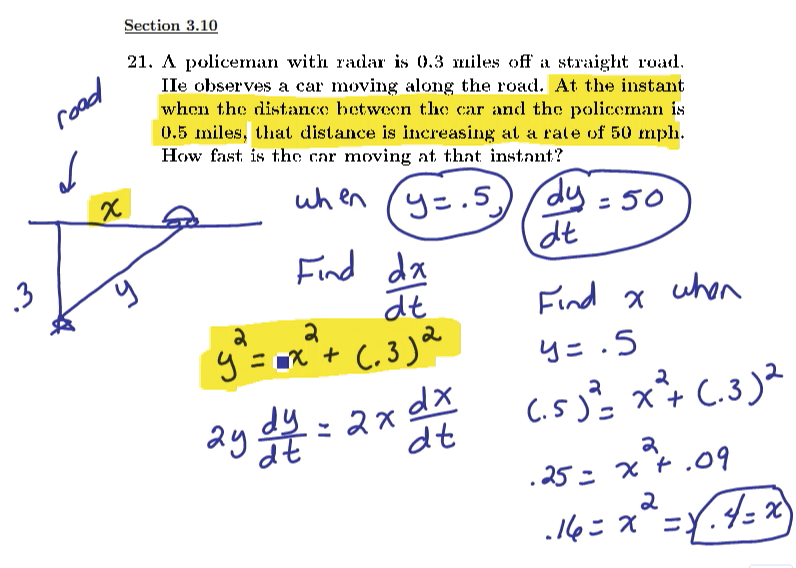
Related rates problems, differentials, linear and quadratic approximations
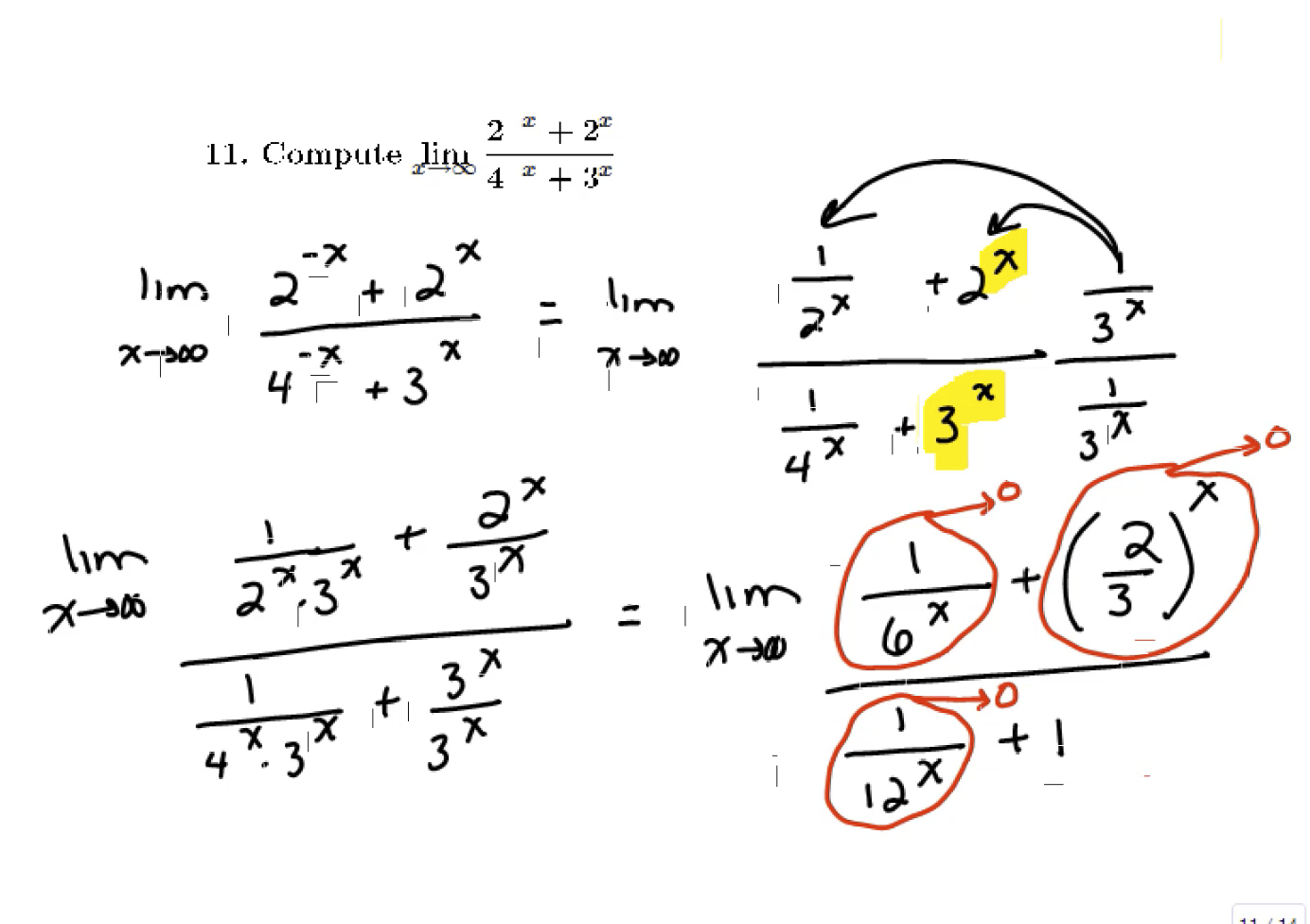
Approximation and Newton's Method, and limits and derivatives of exponential functions
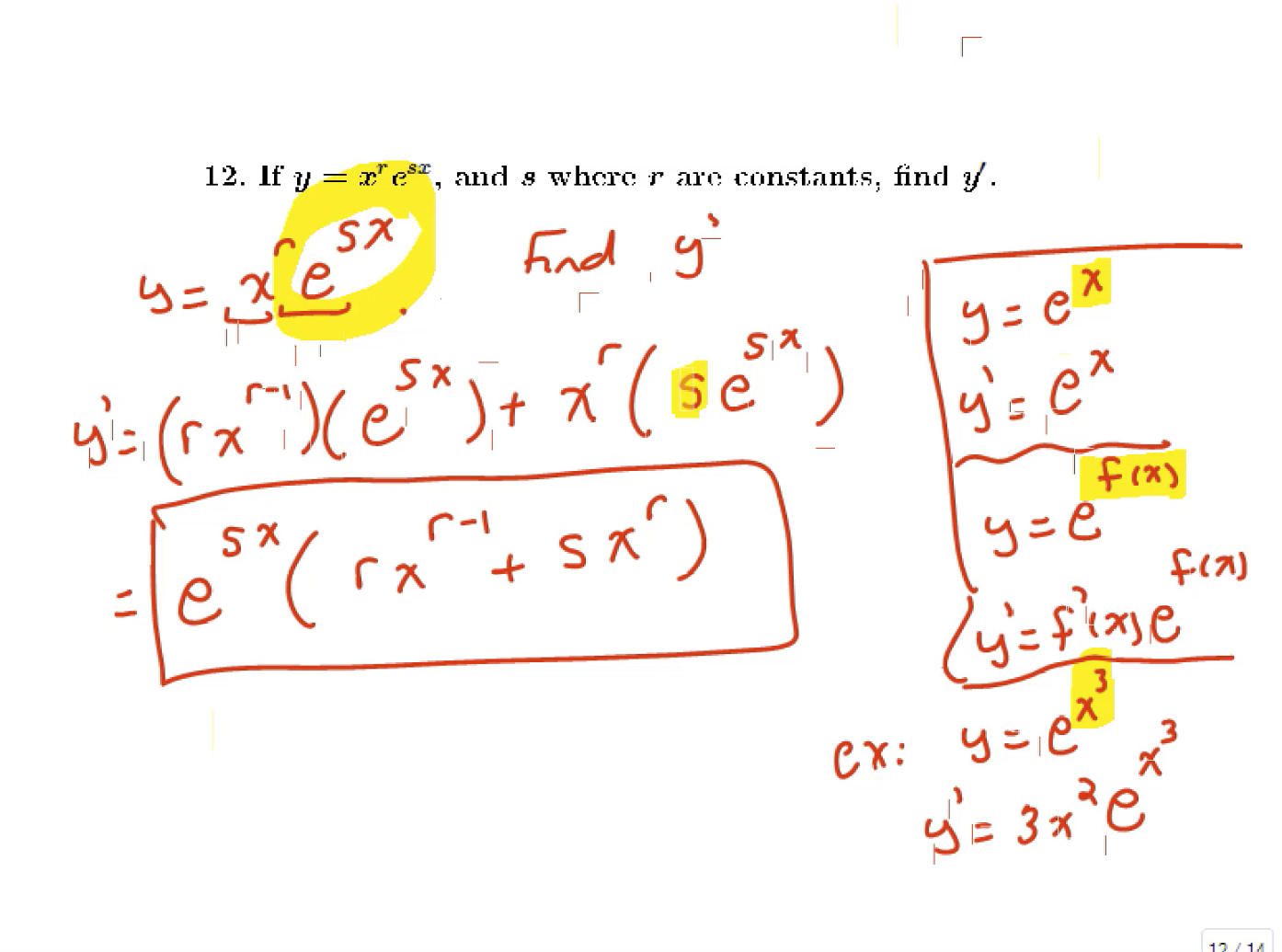
Approximation and Newton's Method, and limits and derivatives of exponential functions

Riemann sums, including approximating areas under curves.
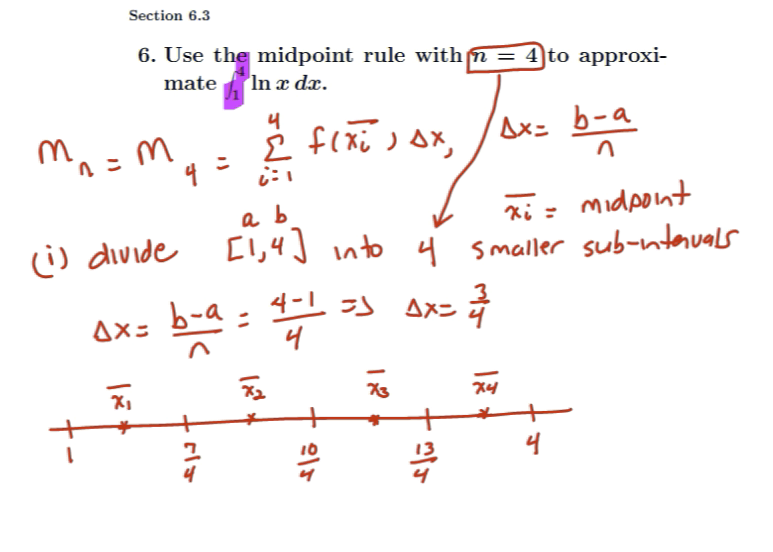
Using Reimann sums and the Fundamental Theorem of Calculus
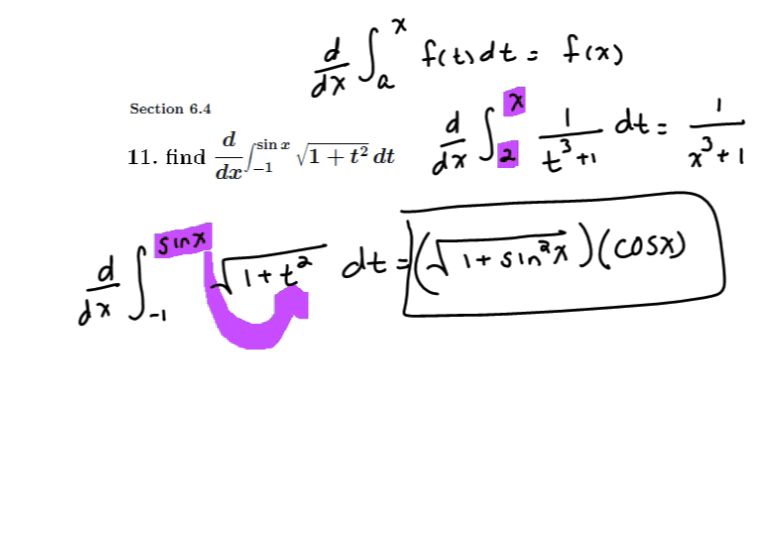
Using Riemann sums and the Fundamental Theorem of Calculus

Review of work and average value

Reviewing the chain rule and the derivatives and limits of trigonometric functions

Related rates problems, differentials, linear and quadratic approximations

Approximation and Newton's Method, and limits and derivatives of exponential functions

Approximation and Newton's Method, and limits and derivatives of exponential functions

Riemann sums, including approximating areas under curves.
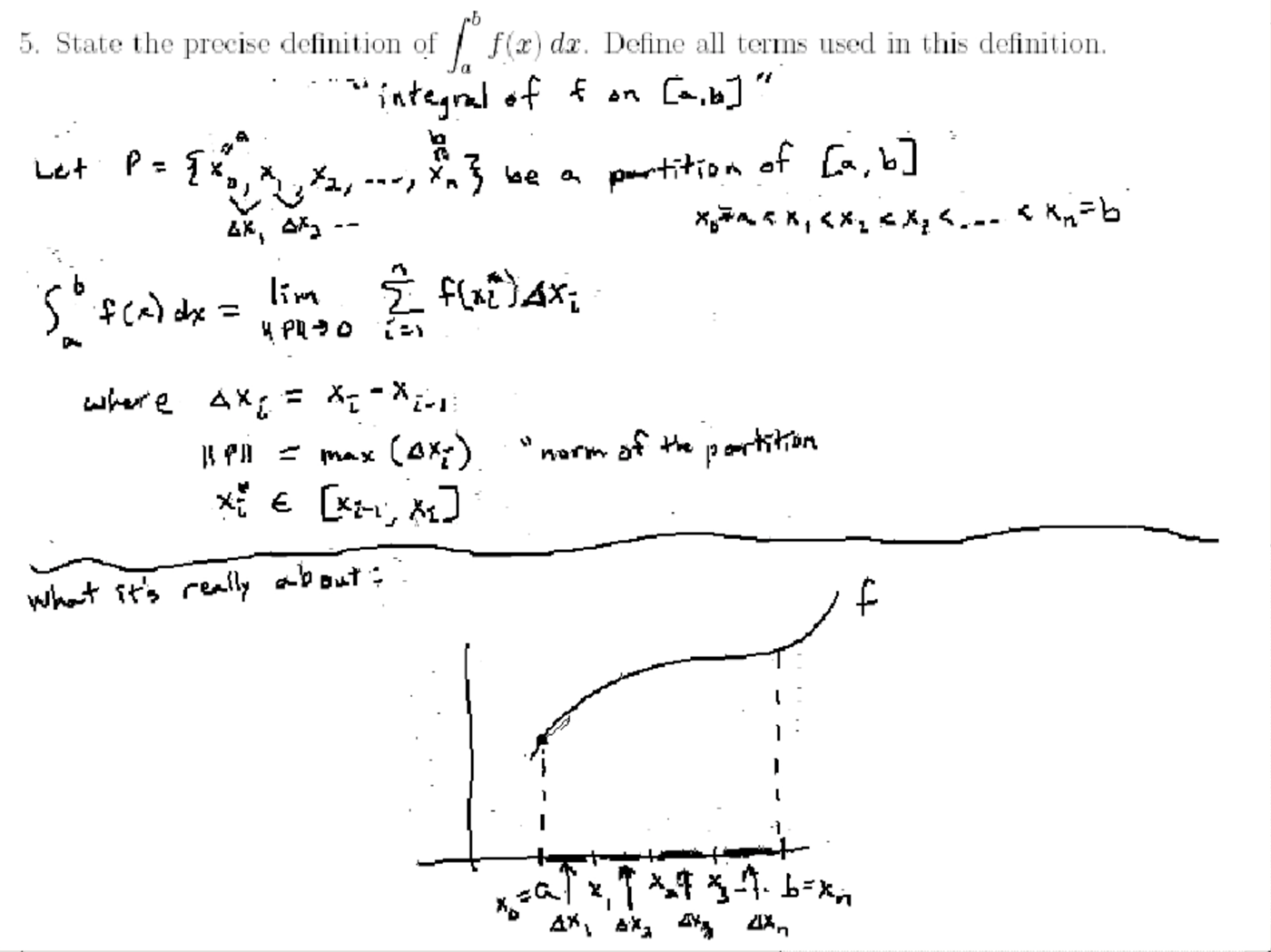
The definition and properties of definite integrals

Using Reimann sums and the Fundamental Theorem of Calculus

Using Reimann sums and the Fundamental Theorem of Calculus

Review of work and average value

Finding a vector equation for the tangent line to a three-dimensional vector function
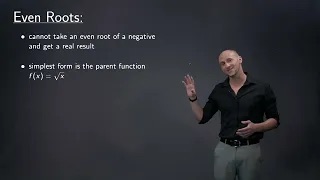
Explaining domain restrictions for denominators, even roots, and logarithms
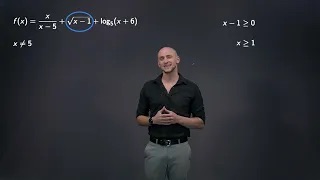
Finding the domain of a function with a denominator, square root, and logarithm
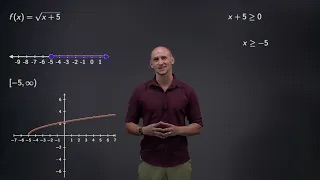
Finding the domain of even and odd roots

Solving quadratic equations with the difference of two squares formula
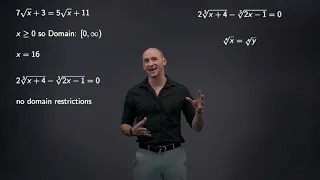
Solving equations with multiple radicals
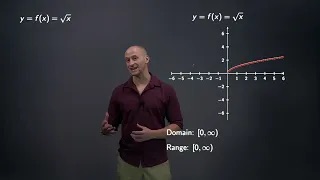
Explaining the general properties of even and odd root functions
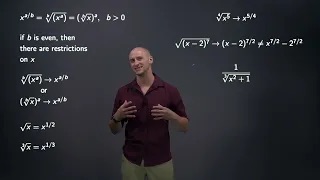
How to rewrite radical terms as power terms
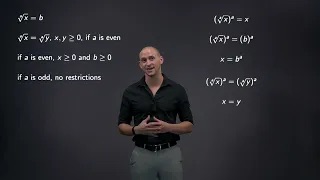
Explaining how to solve radical equations and then solving example problems
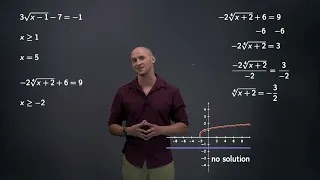
Solving equations with even roots and checking the solutions
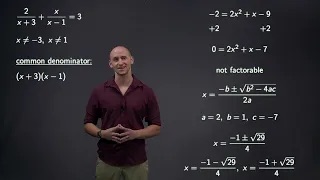
Solving an equation that contains rational expressions
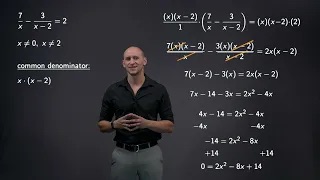
Solving an equation that contains rational expressions
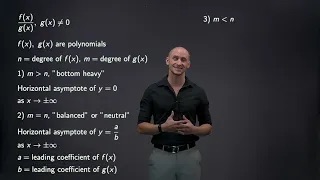
Finding horizontal asymptotes for rational functions
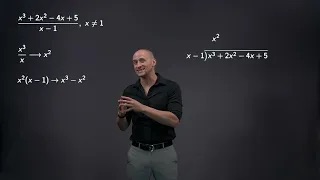
Explaining how to do polynomial long division

Finding horizontal asymptotes for rational functions

Determining the end behavior and horizontal asymptotes for rational functions

Determining if functions are polynomials and finding their properties

Determining the end behavior, real zeros, domain, and y-intercept for a polynomial

Determining the end behavior, real zeros, domain, and y-intercept for a polynomial

Determining the end behavior, real zeros, domain, and y-intercept for a polynomial

Determining the end behavior, real zeros, domain, and y-intercept for a polynomial

Determining the end behavior, real zeros, domain, and y-intercept for a polynomial
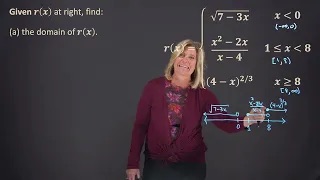
Finding the domain of a piecewise function and evaluating it

Finding the domain of a function that is a fraction containing exponentials and a square root
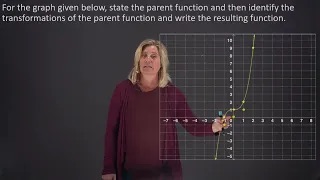
Identifying the parent function and transformations for a given graph

Finding the difference quotient for a quadratic function

Determining where a function with a fraction, square root, and logarithm is continuous

Determining where a piecewise function is continuous algebraically

Using the limit definition to find the derivative of a polynomial

Using the limit definition to find the derivative of a square root function

Finding the derivative of a function with a square root and exponential using the Product Rule

Using the Intermediate Value Theorem and Bisection Method to approximate the solution of an equation
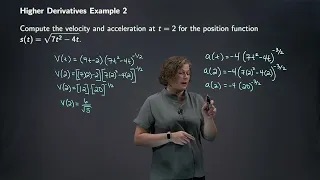
Using derivatives to find the velocity and acceleration functions from the position function

Calculating the derivative of a function with exponentials using the chain and product rule

Simplifying an expression with radicals

Rationalizing the denominator of a fraction with square roots

Rationalizing the denominator of a fraction with square roots

Factoring a polynomial

Factoring a quadratic

Dividing rational expressions and simplifying
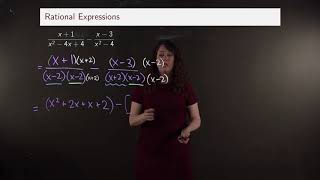
Subtracting rational expressions and simplifying
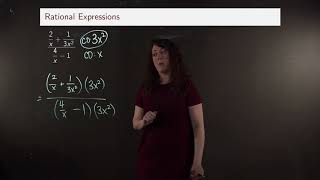
Performing operations with rational expressions and simplifying
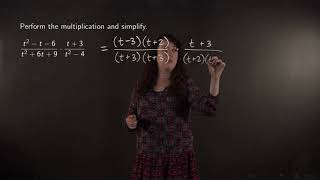
Performing operations with rational expressions and simplifying

Calculating the difference quotient for function with a square root

Solving a polynomial equation using factoring by grouping

Finding the domains of functions

Finding the domains of expressions
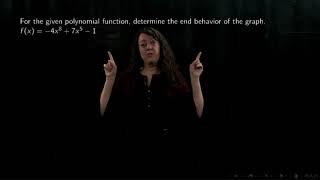
Finding the end behavior of a polynomial
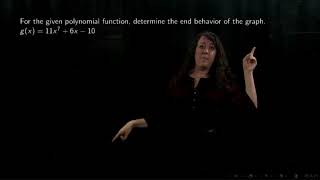
Finding the end behavior of a polynomial
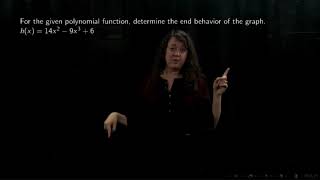
Finding the end behavior of a polynomial
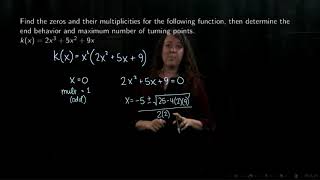
Finding properties of a polynomial including zeros and end behavior
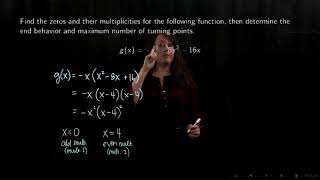
Finding properties of a polynomial including zeros and end behavior
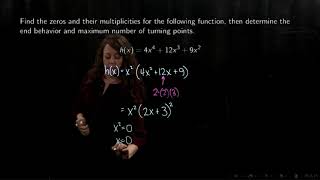
Finding properties of a polynomial including zeros and end behavior
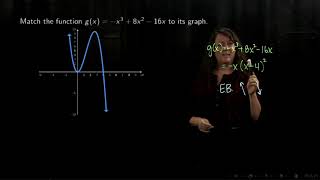
Using properties of a polynomial to find its graph
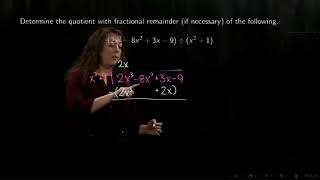
Calculating polynomial long division

Solving a nonlinear inequality

Cartesian equations and parametric equations of curves
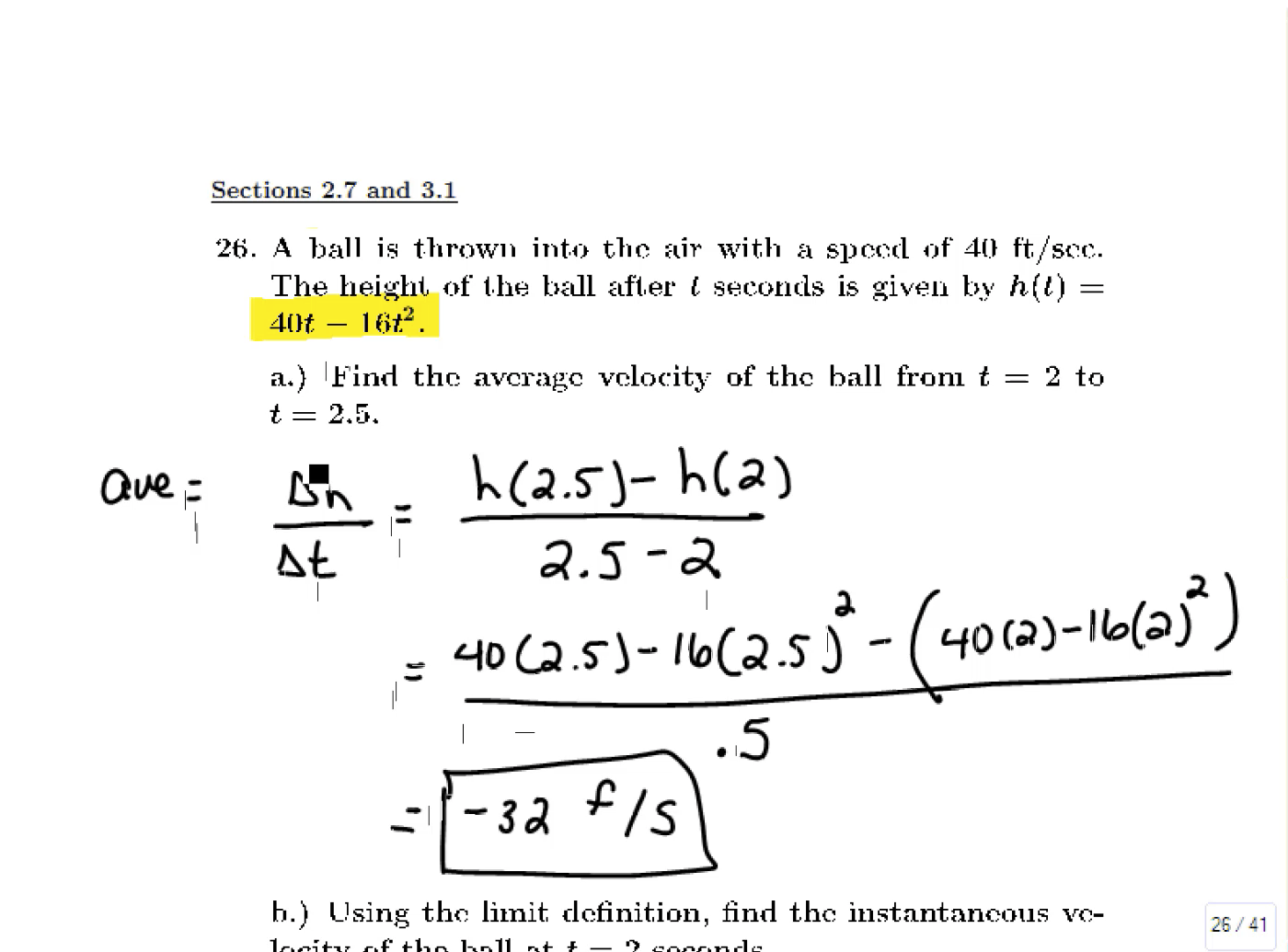
Review of the limit definition of a derivative and calculating the derivative
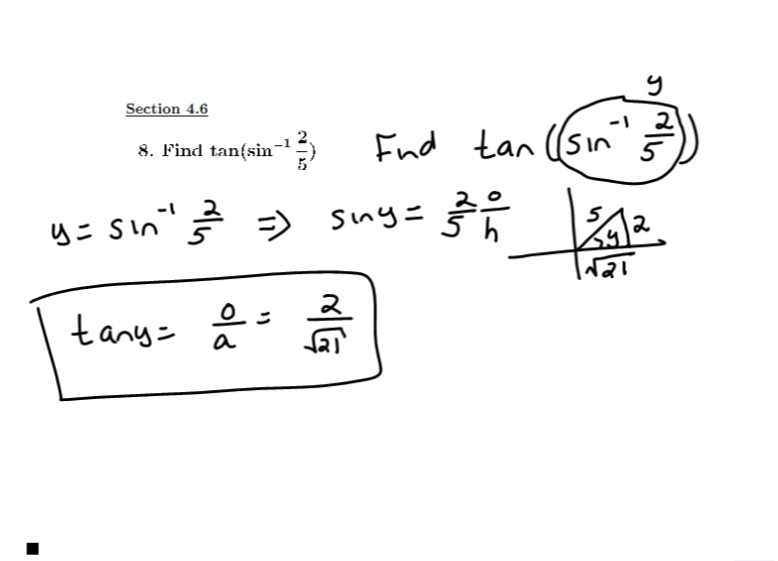
Review of limits and derivatives of inverse trigonometric functions

Review of the limit definition of a derivative and calculating the derivative
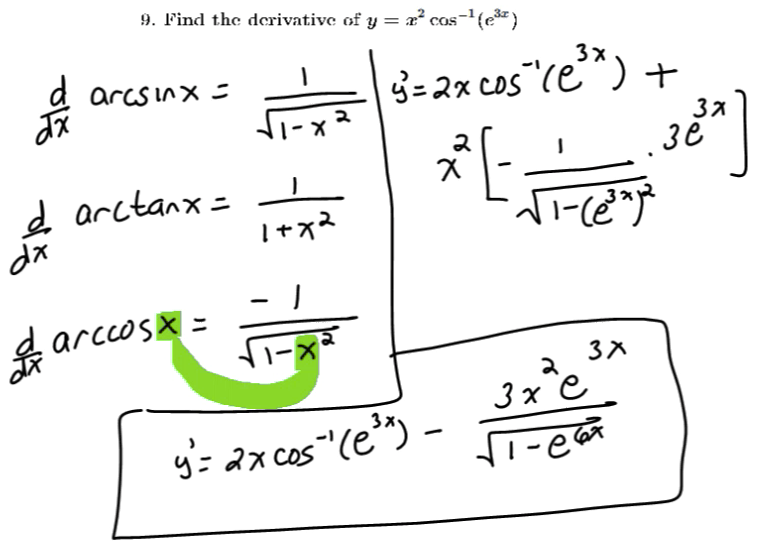
Review of limits and derivatives of inverse trigonometric functions
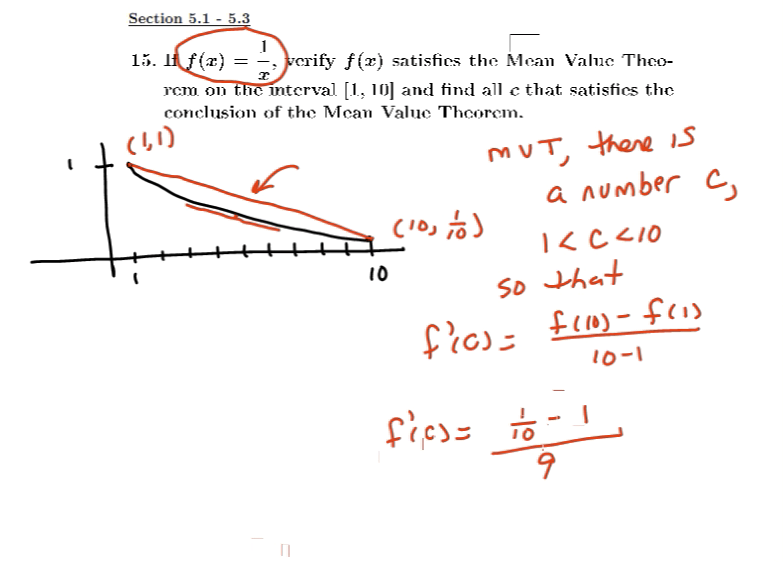
Mean Value Theorem and using derivatives to find the shape of curves
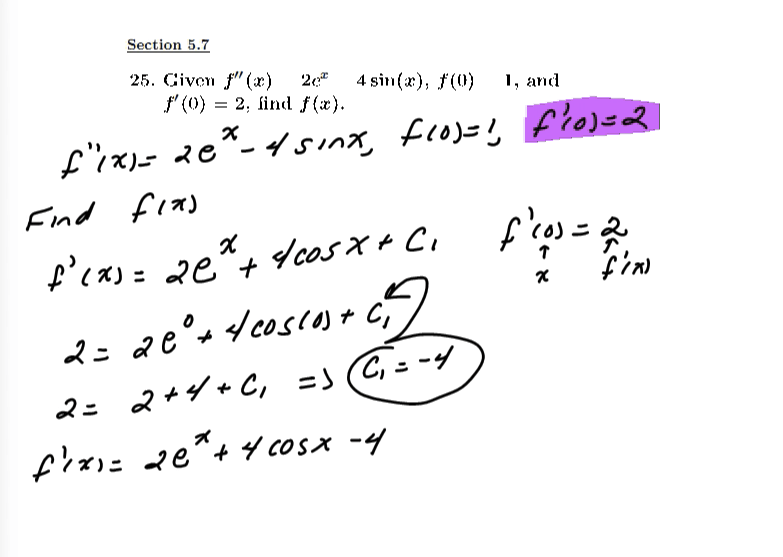
Antiderivatives and physics applications
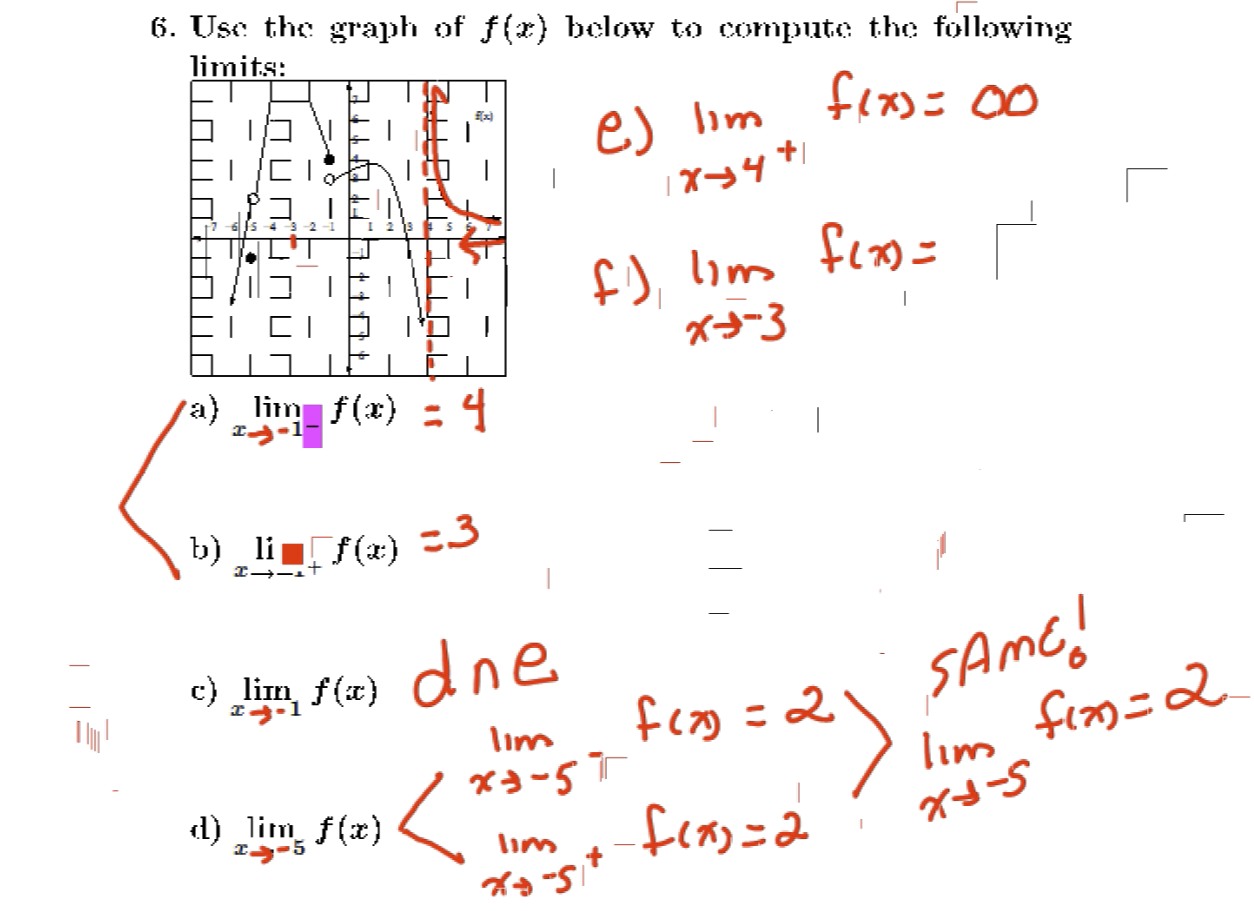
Evaluating limits of functions
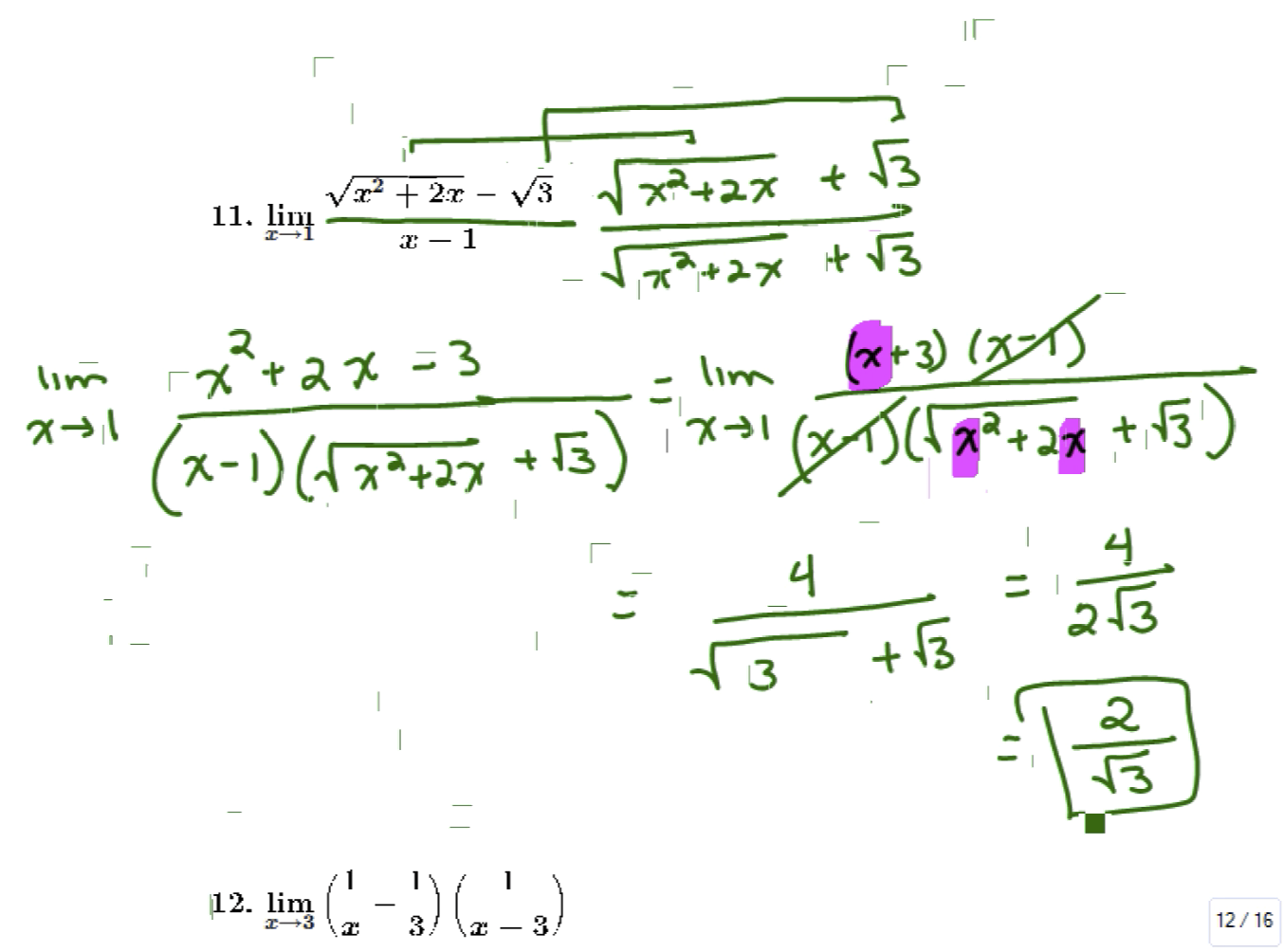
Evaluating Limits of Functions

Review of the limit definition of a derivative and calculating the derivative

Review of the limit definition of a derivative and calculating the derivative

Derivatives of trigonometric functions and using the Chain Rule

Derivatives of trigonometric functions and using the Chain Rule
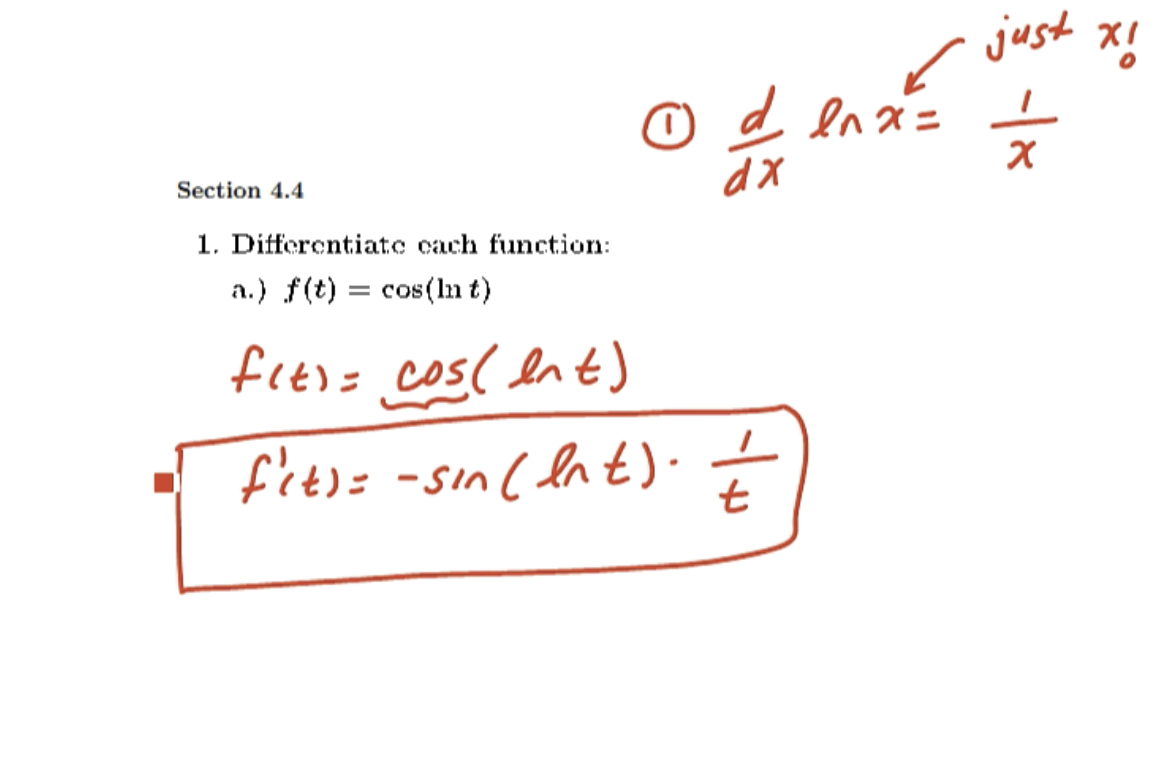
Derivatives of exponential and logarithmic functions and the exponential model

Derivatives of exponential and logarithmic functions and the exponential model

Using derivatives to find properties of graphs
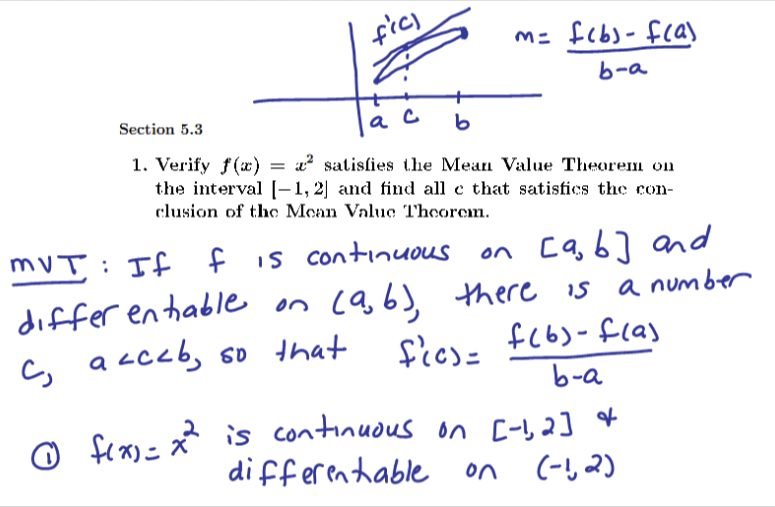
Mean Value Theorem and properties of a graph
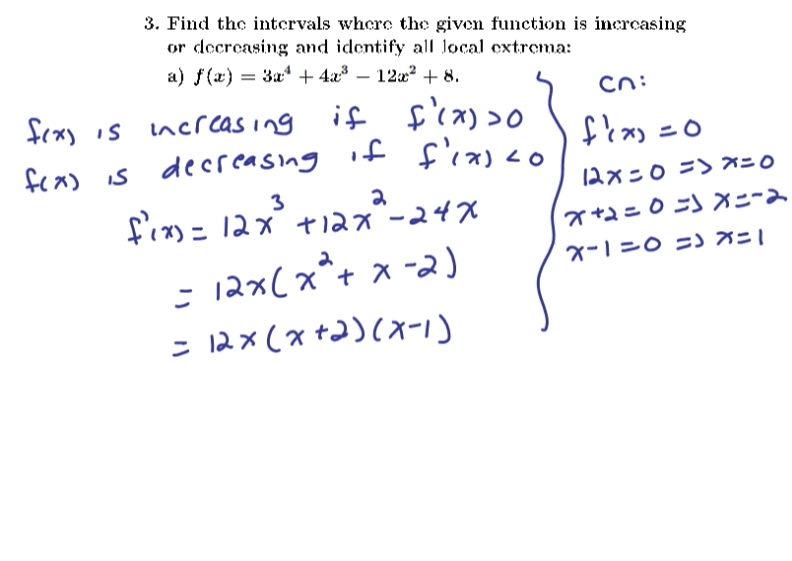
Mean Value Theorem and properties of a graph
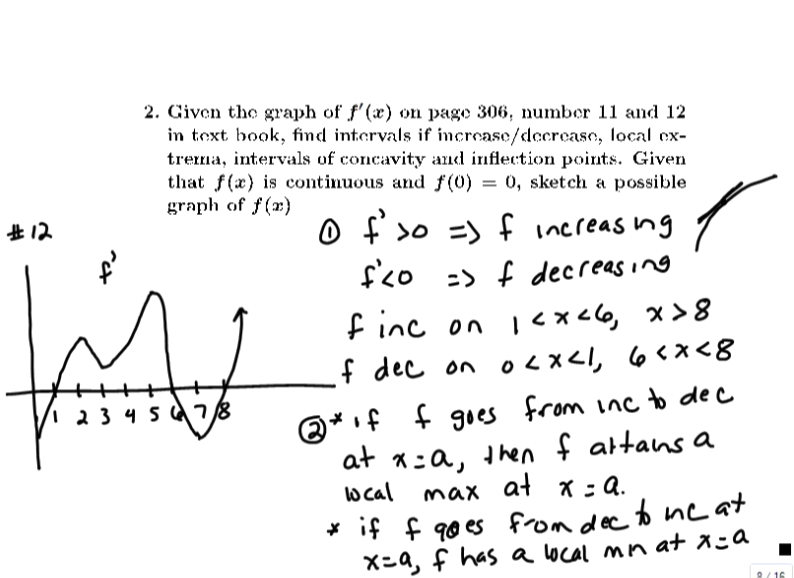
Using derivatives to find properties of graphs
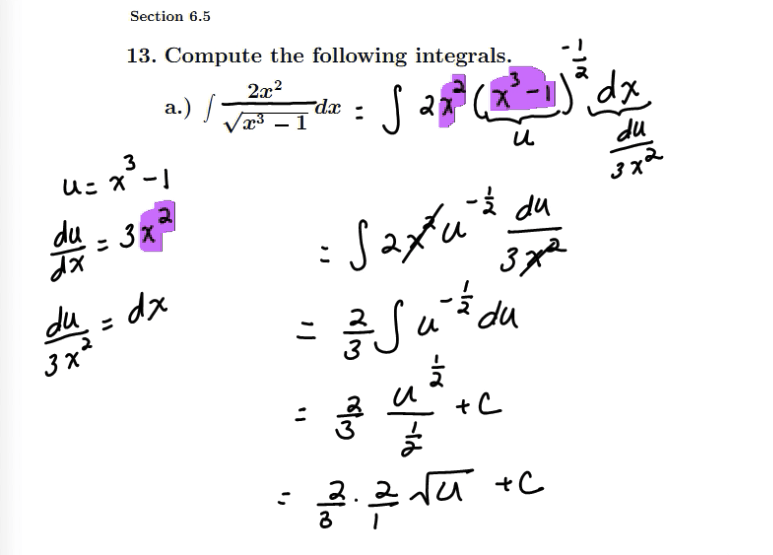
Examples of integration by substitution

Finding the derivative of a function using the limit definition

Differentiating functions using the Power Rule

Differentiating a function using the Power Rule

Differentiating a function with an exponential function and using the Power Rule

Using the Product Rule to differentiate a function

Using the Quotient Rule to differentiate a rational function

Using the Product Rule to differentiate a function

Using the Product and Quotient Rules to differentiate a function

Using the Product Rule to find a first and second derivative

Using the Chain Rule to differentiate functions

Using a linear approximation to approximate the value of a function

Finding the antiderivative of a polynomial

Finding the antiderivative of a polynomial

Finding a function from its second derivative using antidifferentiation

Antidifferentiating to find a function from its derivative

Antidifferentiating twice to find a function from its second derivative

Using antidifferentiation to find the height of a cliff from the impact speed of a dropped stone

Finding the antiderivative of a polynomial

Antidifferentiating twice to find a function from its second d

Antidifferentiating twice to find a function from its second d

Evaluating a definite integral containing a polynomial

Using u-substitution to evaluate an indefinite integral

Using u-substitution to evaluate an indefinite integral

Reviewing u-Substitution

Review of finding the radius and interval of convergence for a power series

Review of Taylor and Maclaurin Series and their properties

Review of Taylor Polynomials and Taylor's Inequality

Finding a Taylor Polynomial for a function

Integrating a function with a square root using u-substitution

Finding the area of a region enclosed by two curves

Finding the area of a region bounded by curves

Finding the volume of a solid of revolution using the washer method

Finding the volume of a solid of revolution using cylindrical shells

Using the comparison test to determine if an improper integral converges or diverges

Using the comparison test to determine if an improper integral converges or diverges

Converting parametric equations into a Cartesian equation and graphing

Cartesian equations and parametric equations of curves
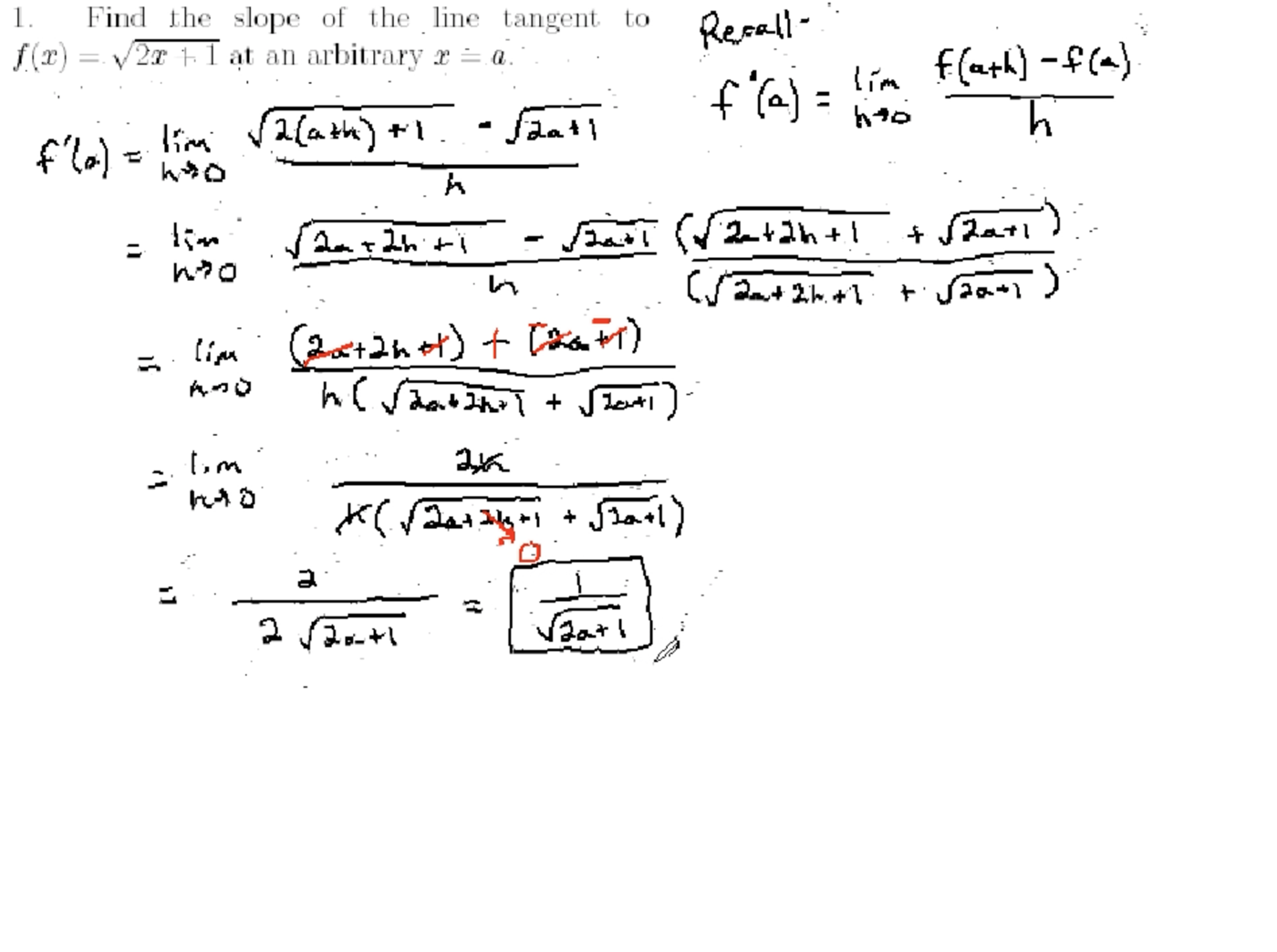
Using the limit definition to find derivatives of functions and vector functions
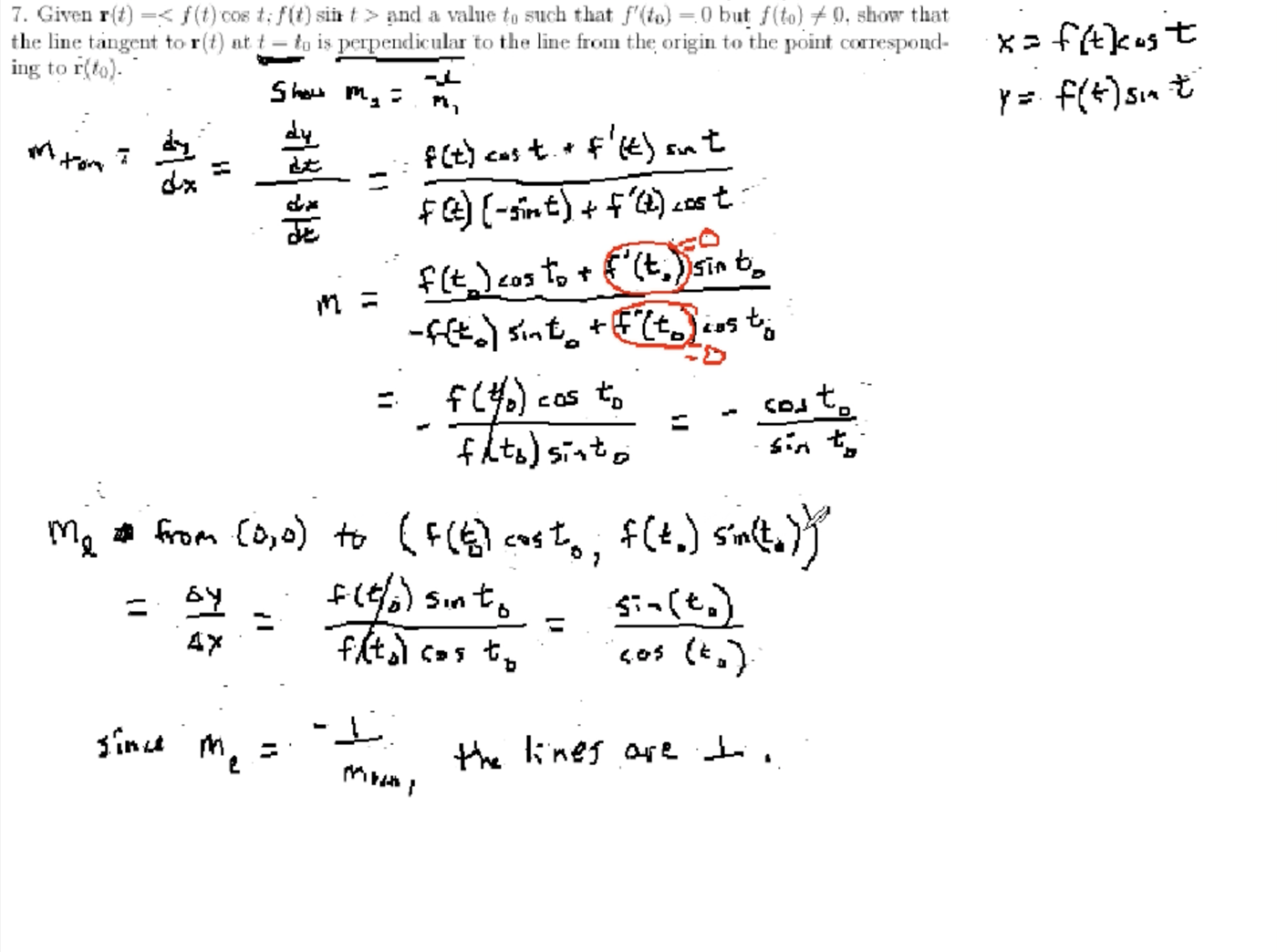
Calculating slopes of tangent lines to parametric curves

Review of the limit definition of a derivative and calculating the derivative

Review of limits and derivatives of inverse trigonometric functions

Review of the limit definition of a derivative and calculating the derivative

Review of limits and derivatives of inverse trigonometric functions

Mean Value Theorem and using derivatives to find the shape of curves

Antiderivatives and physics applications

Evaluating limits of functions

Evaluating limits of functions and using the Squeeze Theorem
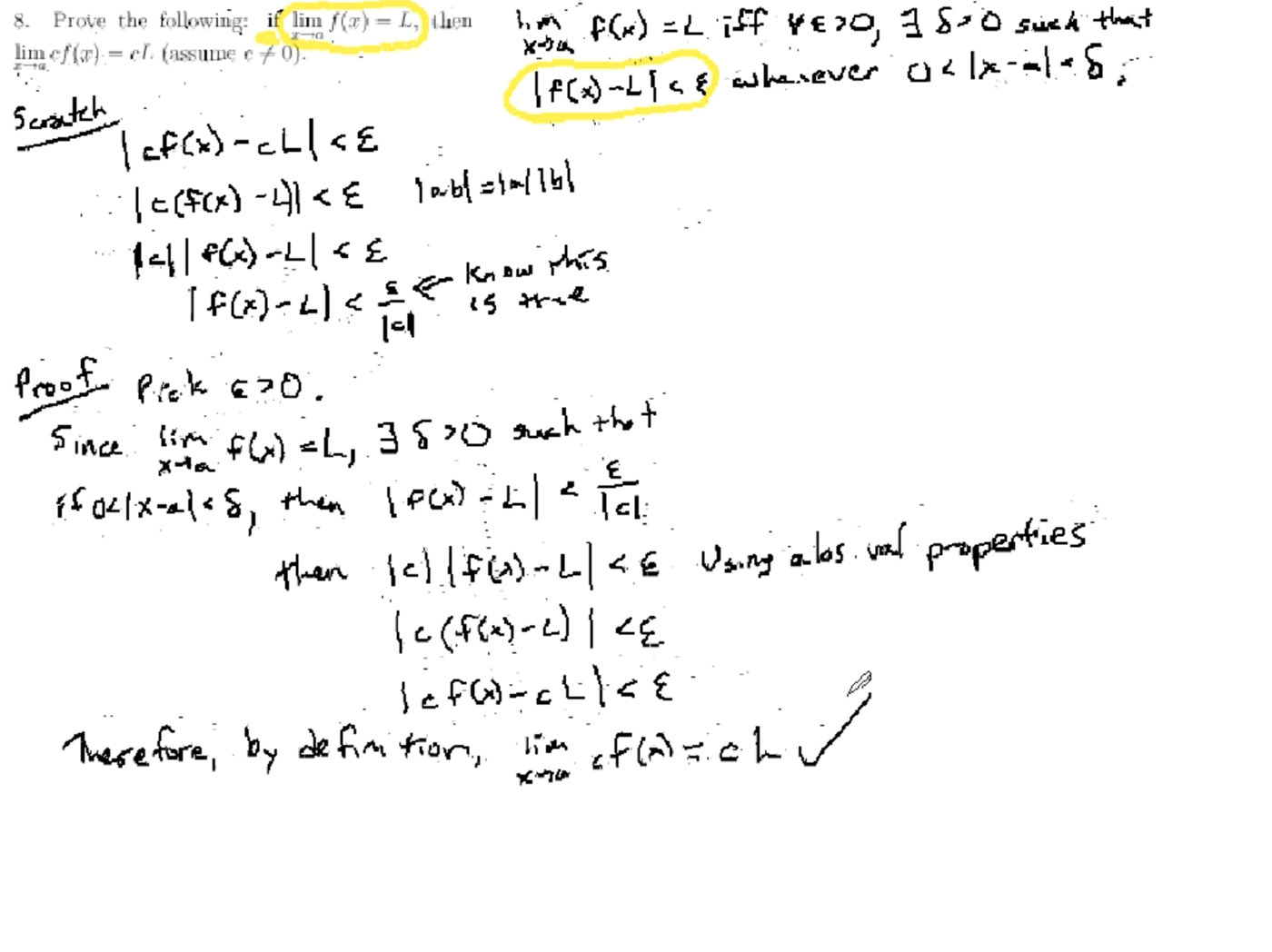
Proving a property of scalar multiplication for limits using the epsilon-delta definition and using the Squeeze Theorem for Limits.

Proving a piecewise function and a polynomial are continuous

Proving a product of continuous functions is continuous and using the Intermediate Value Theorem

Using the limit definition to find derivatives of functions and vector functions

Using the limit definition to find derivatives of functions and vector functions

Review of the limit definition of a derivative and calculating the derivative

Review of the limit definition of a derivative and calculating the derivative

Derivatives of trigonometric functions and using the Chain Rule
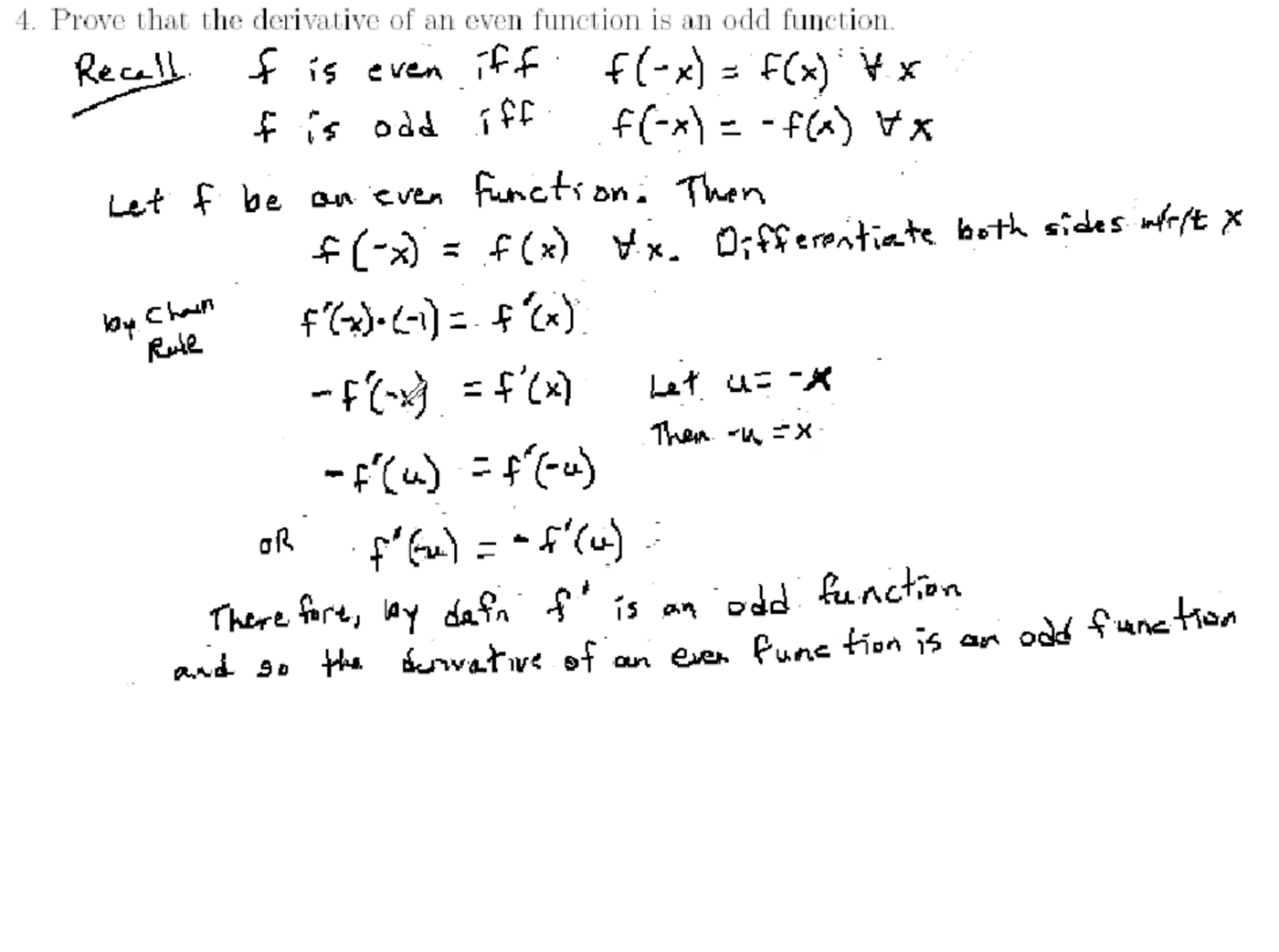
Using the Chain Rule to prove facts about derivatives

Derivatives of trigonometric functions and using the Chain Rule
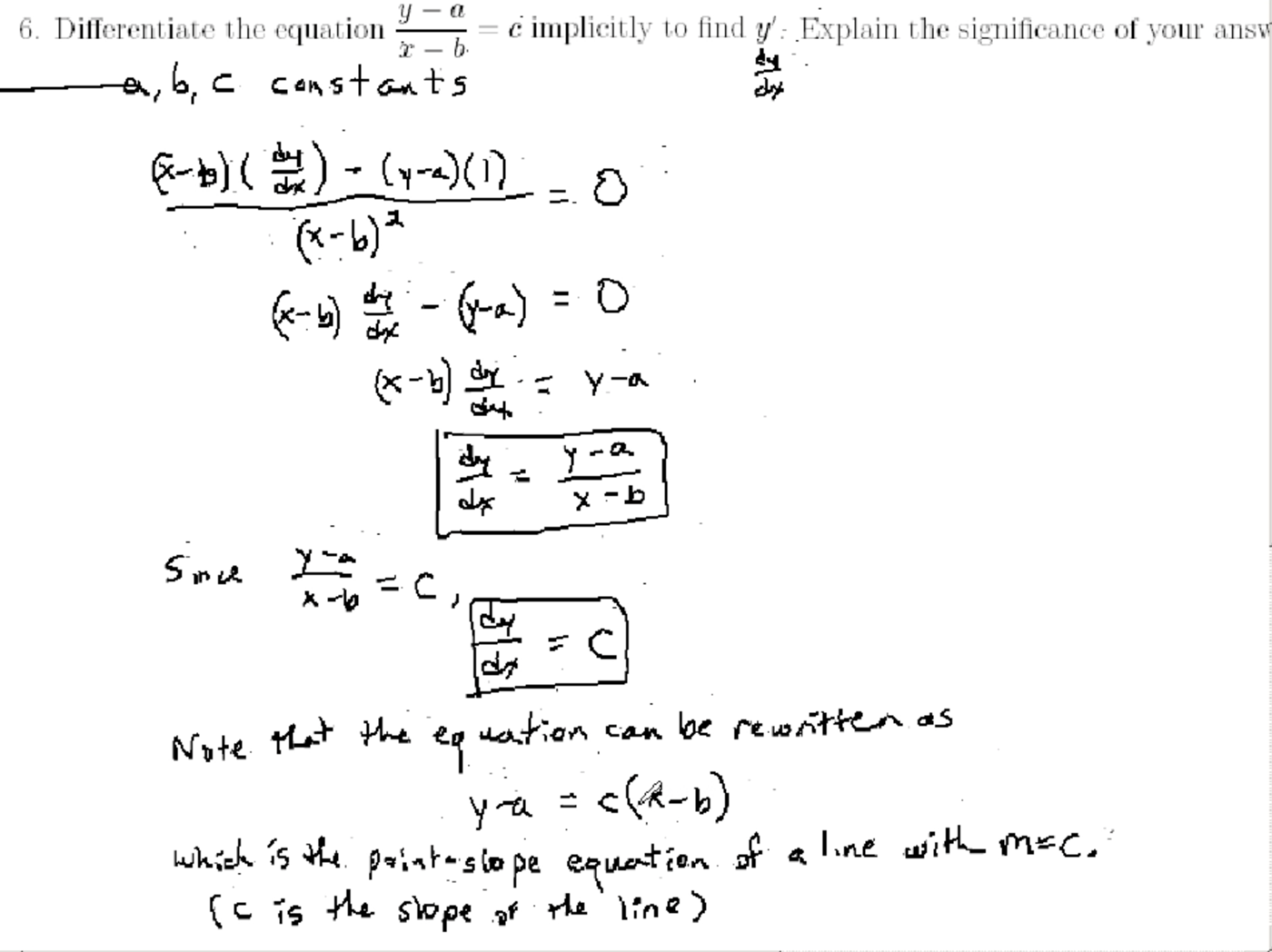
Using implicit differentiation to solve a problem and to prove the power rule for rational exponents

Derivatives of exponential and logarithmic functions and the exponential model

Using derivatives to find properties of graphs
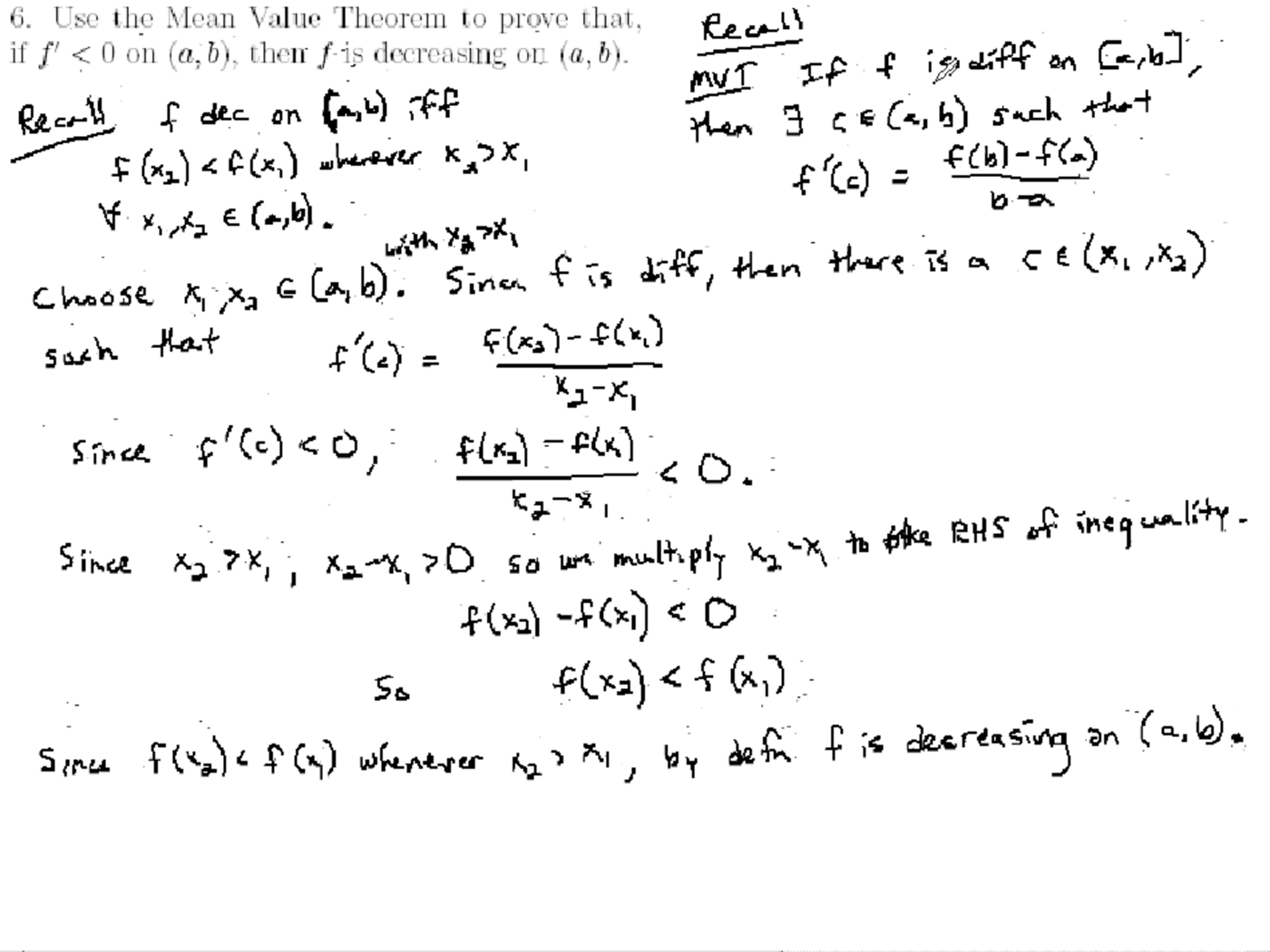
Using the Mean Value Theorem to prove facts about functions

Mean Value Theorem and properties of a graph

Mean Value Theorem and properties of a graph

Using derivatives to find properties of graphs

Examples of integration by substitution

Reviewing u-Substitution

Review of finding the radius and interval of convergence for a power series

Review of Taylor and Maclaurin Series and their properties

Review of Taylor Polynomials and Taylor's Inequality

Finding a Taylor Polynomial for a function
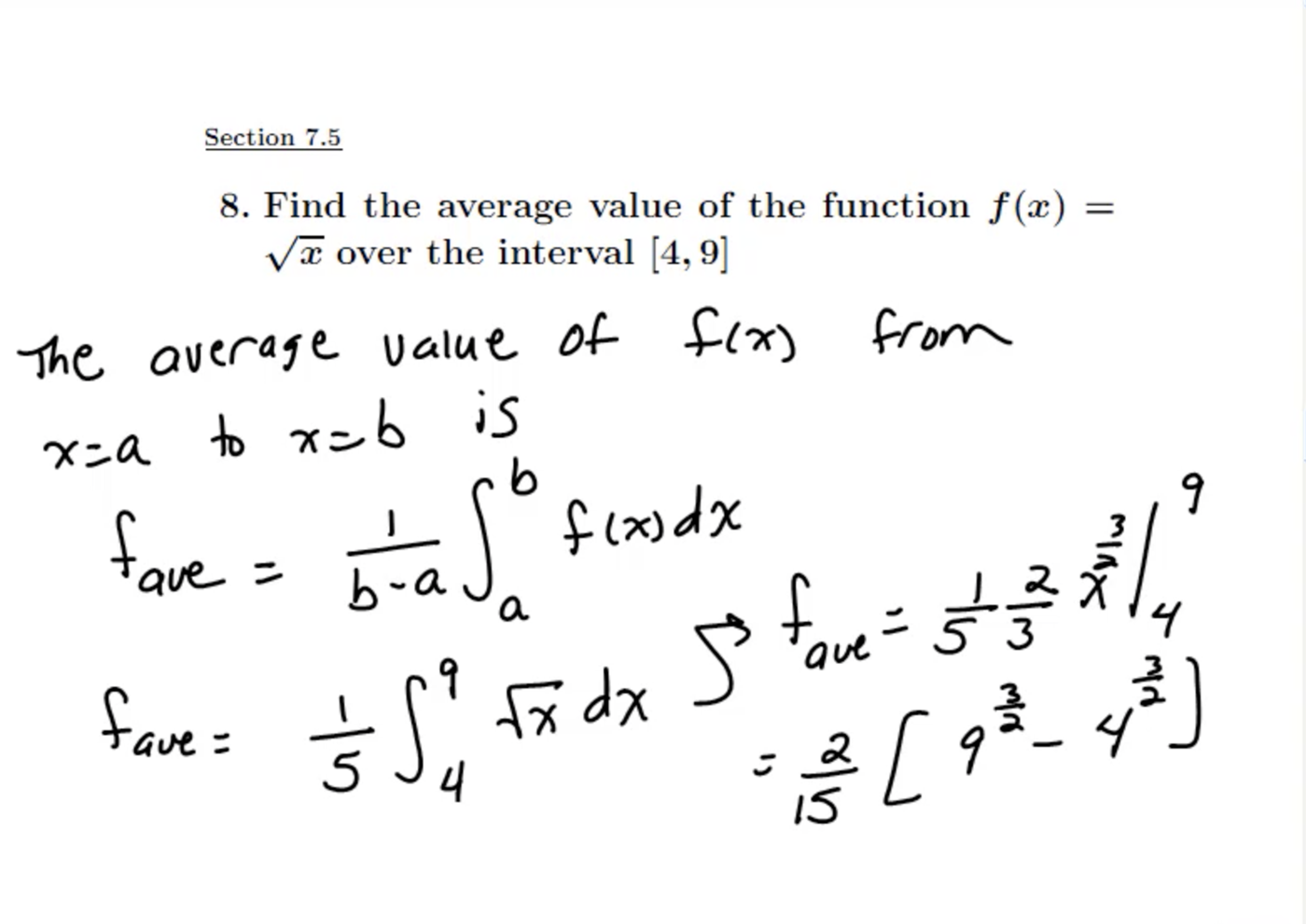
Using integrals to solve work problems and find the average value

Determining the domain of a three-dimensional vector function

Finding the limit of a three-dimensional vector function

Finding the angle of intersection for two three-dimensional vector functions

Finding and sketching the domain of a function of two variables

Finding and sketching the domain of a function of two variables

Creating symbolic expression in Python and then factoring, expanding, and simplifying the expressions

Graphing a piecewise function using Python

Defining variables in Python and using the variables in equations
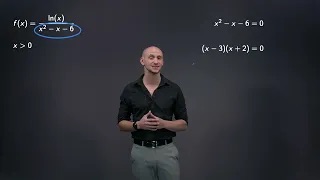
Finding the domain of a function with a natural logarithm and denominator
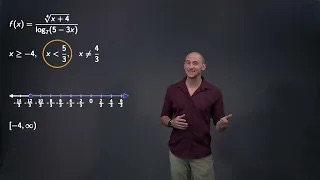
Finding the domain of a function with a root and a logarithm in the denominator
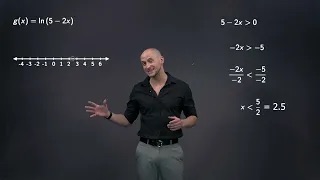
Finding the domain of a logarithmic function
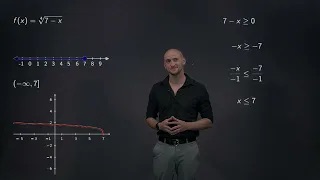
Finding the domain of functions with even and odd roots
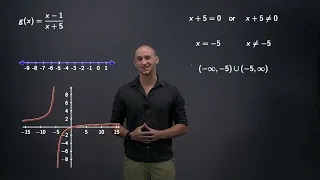
Finding the domain of several rational functions
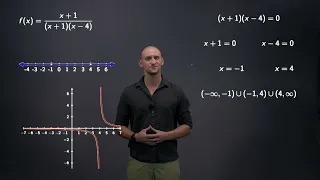
Finding the domain of a rational function
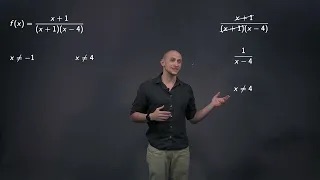
Explaining how to find any holes and vertical asymptotes of a rational function
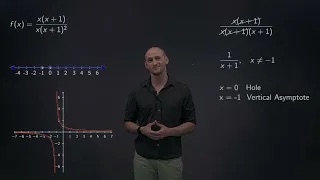
Finding the domain of a rational function using factoring
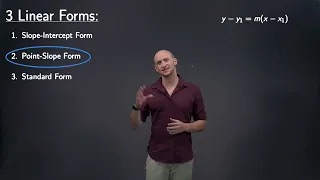
Explaining the main three forms for linear equations
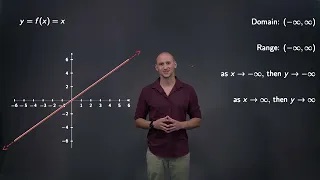
Discussing properties of linear functions
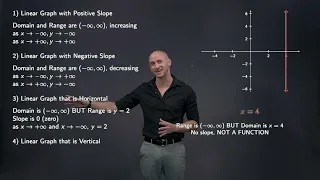
Discussing the types of linear graphs including horizontal and vertical lines and their properties

Discussing how to write the equation of a line through two given points
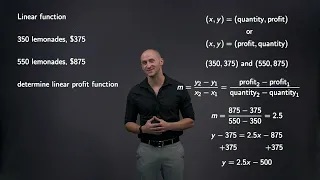
Writing a linear equation of profit from a business word problem
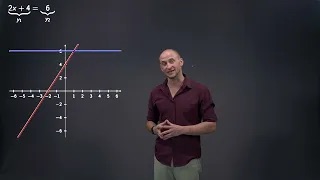
Solving a linear equation algebraically and showing how this relates to the graph
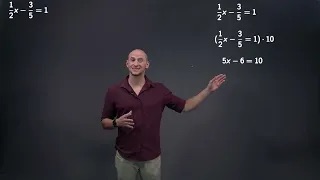
Solving a linear equation algebraically

Solving a linear equation algebraically and showing how this relates to the graph
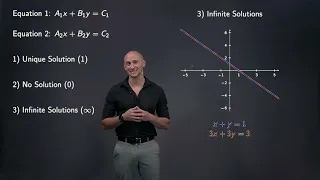
Explaining the format and possible solutions for a system of two linear equations

Solving a system of linear equations with two variables

Solving a system of two linear equations with two variables using the elimination method

Solving a system of two linear equations using a TI-84 calculator
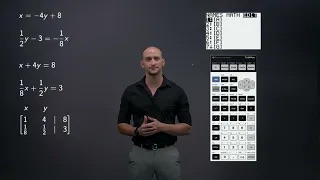
Solving a system of two linear equations using a TI-84 calculator
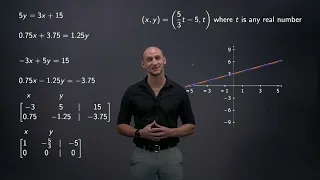
Solving a system of two linear equations using a TI-84 calculator
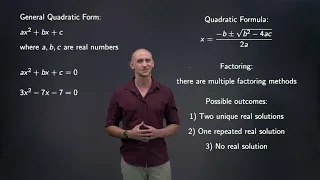
Explaining the standard form for a quadratic equation and the possible number of solutions
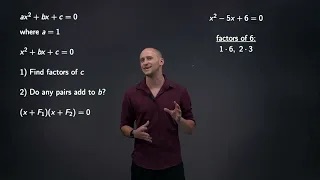
Solving quadratic equations by factoring

Solving a quadratic equation by factoring

Solving a quadratic equation by factoring
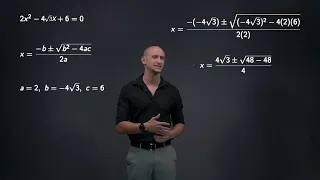
Solving quadratic equations with the quadratic formula and discussing the number of possible solutions

Explaining when a quadratic equation does not have a real solution
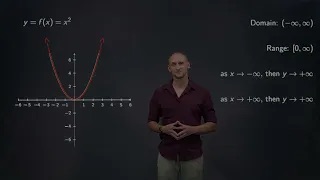
Explaining the graph and properties for the parent function of quadratics
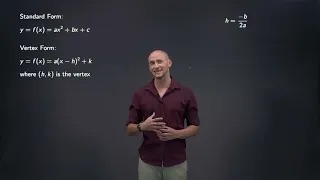
Discussing properties of quadratic functions including the vertex, domain, range, and end behavior

Solving equations with odd radicals
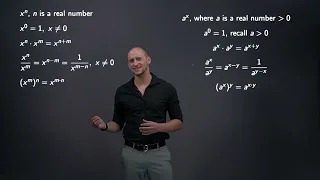
Properties of exponents applied to power and exponential expressions
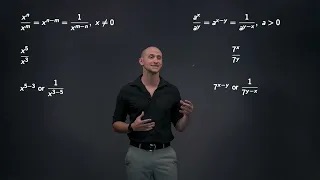
Properties of multiplying and simplifying power and exponential expressions

Properties of exponents applied to power and exponential expressions
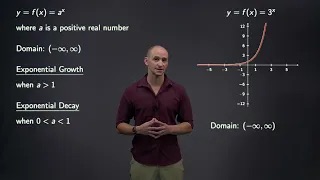
Properties of exponential growth and decay functions
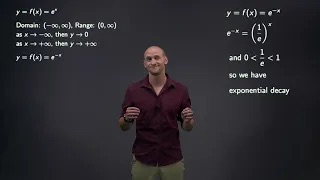
Properties of the exponential function with base e

Simplifying power and exponential expressions using properties of exponents

Simplifying power and exponential expressions using properties of exponents

Simplifying power and exponential expressions using properties of exponents

Simplifying an expression with both power and exponential functions using properties of exponents
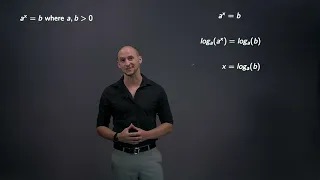
Explaining how to solve equations with power and exponential terms
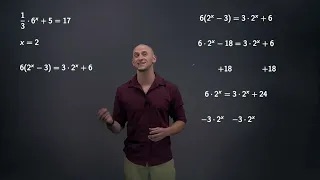
Solving equations with exponential terms

Solving equations with base e exponential terms
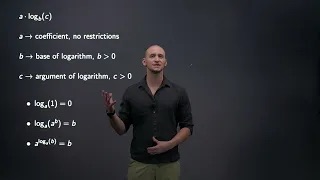
Explaining the terminology and rules of logarithms

Explaining the basic properties of logarithmic functions

Expanding logarithmic expressions using logarithm rules

Condensing a logarithmic expression into a single logarithm

Explaining how to solve logarithmic equations

Solving logarithmic equations with a single logarithm term

Solving logarithmic equations with multiple logarithm terms

Solving logarithmic equations with multiple logarithm terms on both sides
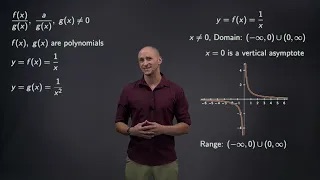
Discussing parent functions of rational functions and their properties

Explaining basic algebraic operations for fractions

How to simplify rational expressions

Adding and subtracting rational expressions by finding a common denominator

Explaining how to multiply and divide rational expressions
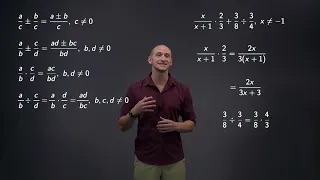
Performing algebraic operations with rational expressions and simplifying the answer

Solving equations that contain rational expressions

Explaining the format and possible solutions for a system of two linear equations

Explaining the Pythagorean Theorem and using it to find a missing side in a right triangle

Determining whether polynomials are linearly independent

Showing that a set of polynomials forms a basis for all polynomials with degree two or less

Finding properties of a polynomial function such as the degree, end behavior, y-intercept, etc.

Finding properties of a polynomial function such as the degree, end behavior, y-intercept, etc.

Factoring a quadratic polynomial

Factoring a quadratic function

Factoring a cubic polynomial by grouping

Finding the greatest common factor of a polynomial and then factoring it out

Factoring a quadratic where the leading coefficient is 1

Factoring quadratics where the leading coefficient is not 1

Factoring several polynomials by grouping

Factoring a sum of cubes and a difference of cubes

Finding the roots of a cubic polynomial

Finding the roots of a square root function

Finding the domain of a function with a fraction and radicals

Finding the domain of a function with a quadratic inside a square root

Finding the composition of two functions

Finding the composition of two functions with a square root and a fractional exponent

Finding the inverse of a square root function and its domain

Solving an inequality with a polynomial by factoring and using a sign diagram